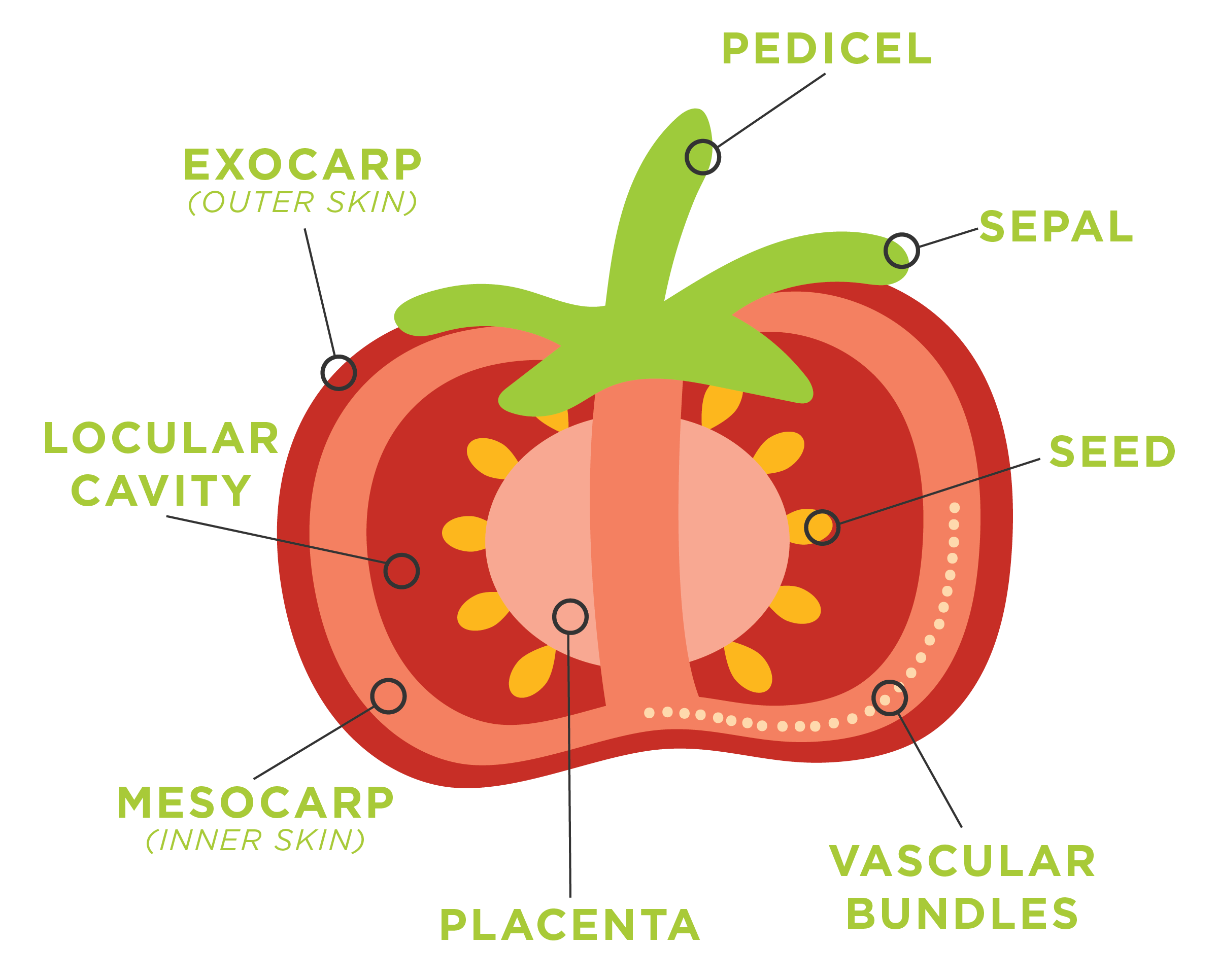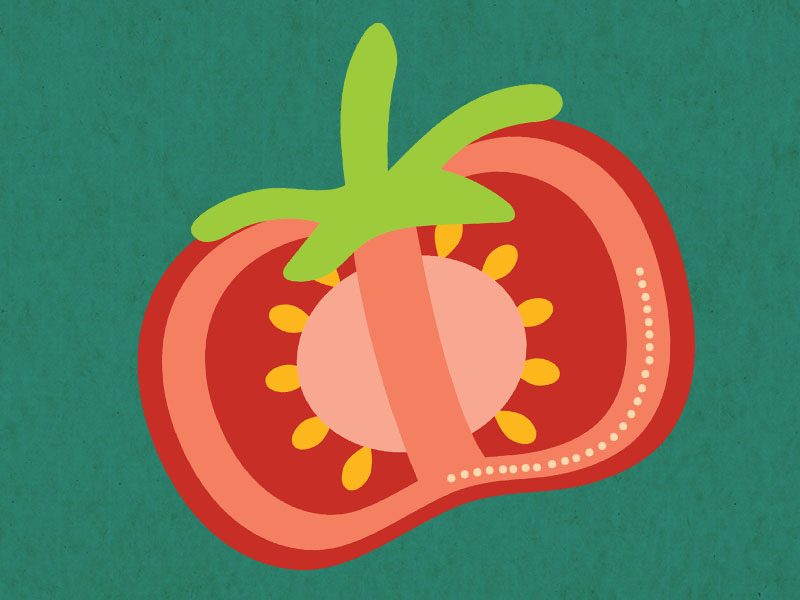Fruit is a great introductory to dissection, because fruit is typically easy to cut into, has simple anatomy and is easy to obtain. For this activity, use the botanical definition of fruit: the seed-bearing structure produced in plants after flowering. Fruits ideal for dissection include bell peppers, melons, tomatoes, green beans, avocados and more. No need to run out to the store; use what you already have in the fridge.
Materials:
A fruit of any kind
Cutting board
Knife or similar cutting tool
Paper and pencil
Directions:
First observe and draw your fruit. Describe visible external features. Make a prediction: how many seeds do you think the fruit has?
With suitable caregiver guidance, cut into the fruit, slicing it in half. What do you notice? If you see seeds, how many do you see? What do they look like? Slice your fruit in half again, this time in the other direction. Draw a diagram of your cross sections, if present:
· Seed(s)
· Exocarp (outer skin)
· Mesocarp (fleshy part in the middle)
· Endocarp (seedcoat)
· Pedicel (stem)
· Sepal (leaf-like structure at the base of fruit)

Dissect the rest of the fruit entirely, and let curiosity lead the way. Count the number of seeds found. Was your original prediction close? Do you think another specimen of the same type of fruit will have the same number of seeds? Why or why not?
Extension: Ready for more? Select another fruit to dissect, and compare and contrast your findings. Choose another edible fruit, or find one from a plant outdoors.
